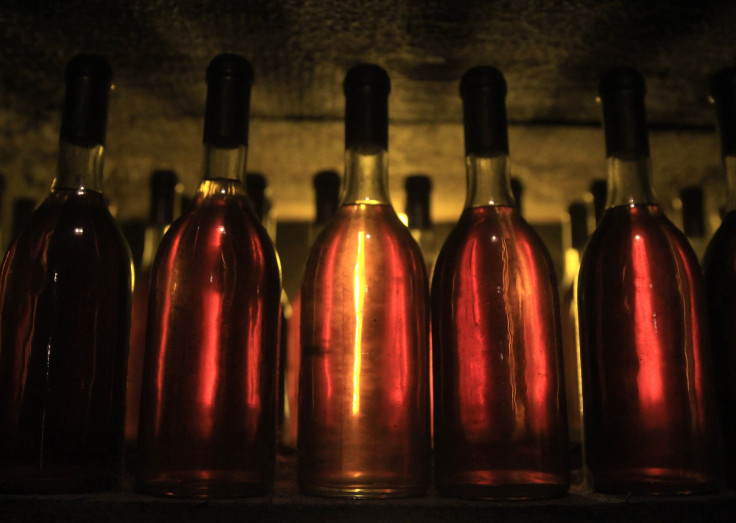Wine makers will survive effects of climate change with innovation, says trade body

The perceived threat to wine industry from climate change is not a big concern and is manageable at least in the medium term. This self assurance was aired by the International Organisation of Vine and Wine (OIV), which said grape vines can survive climate change in the short to medium term.
“Wine producers all over the world have adapted to the changes and the plant has a capacity of adjustment that you can find in no other plant,” OIV Director General Jean-Marie Aurand told Reuters.
According to the head of OIV, innovations galore in the Canary island of Lanzarote, where vines have been growing in lava and absorbing overnight dew that gets released during the day.
His optimism stems from the changes happening in the methods of harvesting, use of grape varieties and wine-making processes that is helping to offset the impact of the harsher weather hitting vineyards across the globe.
In China, 80 percent of production acreage is spread out in regions where temperatures drop below minus 30 degrees Celsius during winter. What the growers do is—they cover the vines to protect them and uncover when winter retreats, he noted. Meanwhile, many wine makers are also shifting away from the conventional patterns of wine production.
Australian technique
In Australia, Treasury Wine Estates Ltd is testing a technology to water the vines from underground. It is also expanding fermentation capacity to combat the effects of climate change on the vineyards.
“You can adapt to climate change or you can react to it,” Treasury Wine Chief Supply Officer Stuart McNab said at a Reuters Global Climate Change Summit.
“You’ve got time to react, but you’ve got to know what’s happening,” he added.
Despite the worries of producers in the Champagne region of France, Aurand was optmistic.
“We have today other strains and cultivation techniques, so I’m not worried in the short or mid-term on this question, which does not mean we should not consider the issue of climate change as a whole,” Aurand said noting that it was too early to give an outlook for 2050.
According to Aurand, the global wine output will rise two percent in 2015 to 275.7 million hectoliters. With a 10 percent surge in output, Italy may regain its title of world’s top producer from France. The OIV’s initial consumption forecast for 2015 is in the range of 235.7 and 248.8 mhl, down from 240 mhl in 2014. He said the renewed rise in consumption in the United States would make it the world’s largest consumer.
Laser mapping
Meanwhile, laser mapping data is coming to the rescue of English wine industry by identifying the best places to grow grapes. According to the data by a government department in the U.K, growers can make use of 3D Light Detection and Ranging maps to understand variations in slope and pinpoint the best locations for vine growing, reports Beverage Daily.
In the U.K, an additional 75,000 acres of land has been identified for grape growing equaling the size of Champagne region of France.
According to the Department for Environment, Food and Rural Affairs (DEFRA), laser mapping data will revolutionise the English wine industry.
For feedback/comments, contact the writer at feedback@ibtimes.com.au or let us know what you think below.





















